Staghorn Sumac (Rhus Typhina) – 3 Gallon Pot
$79.97 Original price was: $79.97.$55.98Current price is: $55.98.
SKU: D2LSC 3465174383 Categories: FRUIT TREES & PLANTS, PLANTS & TREES
- Shop with ease, buy with confidence.
- Safe and Secure Payments, Always
- Prompt service, every time.
- Fast, friendly, always here to help.

Staghorn Sumac
Rhus typhina
Other Common Names: Red Staghorn Sumac
Plant Details
USDA Plant Hardiness Zones: 3a-8b Find Your Zone
Plant Type: Deciduous Shrub or Small Tree
Height at Maturity: 15-25′
Width at Maturity: 20-30′
Spacing: 35’+ for space between
Growth Habit / Form: Broad, Upright Rounded
Growth Rate: Moderate
Flower Color: Yellow Green
Bloom Time: Early to Mid Summer
Foliage Color: Light Green
Fall Foliage Color: Yellow, Orange, Red
Fruit Color: Red
Fruit Size: .25″
Fruit Size: .25″
Sun Needs: Full Sun to Partial Shade
Water Needs: Average, low when established
Soil Type: Clay, Loam, Silt
Soil Moisture / Drainage: Moist but Well-Drained, will not tolerate a constantly wet soil
Soil pH: 5.5 to 7.0
Attracts: Butterflies, Moths, Beneficial Pollinators, Birds, Visual Attention
Maintenance / Care: Low if left to grow naturally
Description
Not to be confused with poison sumac, Staghorn Sumac, scientifically known as Rhus typhina, is an exotic looking but very hardy North American native tree with a tropical look and feel that gets its name from the reddish-brown hairs that cover the young branchlets in somewhat the same way that velvet covers the horns of a stag (male deer). It can be grown as far north as USDA Zone 3a and south to 8b. The largest growing of the North American sumacs from 15 to 25 feet tall and equally as wide, it can be grown as a very large shrub or more desirably as a highly attractive small tree, which is easily accomplished simply be removing lower branches. Though not a tropical plant, the large, compound, pinnate leaves up to 24 inches long with 13 to 27 toothed leaflets bring a look of the tropics to the landscape. The leaves are green through the warm season but then turn vibrant shades of red, orange and yellow in the fall. Showy, upward facing, panicles of chartreuse colored flowers appear in summer. Female plants produce red fruit clusters that are also attractive.
The fruits on Staghorn Sumac are edible, and they are the least tart of the red sumacs. The berries themselves can be used to make a spice, sometimes a tea. The bristly red hair covering on the seed clusters are filled with tart ascorbic acid, that are easily made into a sumac-ade drink – just a little sugar required.
Wildlife Value
Ring-necked pheasant, bobwhite quail, and wild turkey eat the fruit. Flowers provide a nectar source to beneficial native bees. Staghorn Sumac is the larval host plant of the Luna Moth and the Spring Azure Butterfly
Landscape & Garden Uses
In landscaping, the Staghorn Sumac is generally planted in areas where it can form small thickets as it suckers, such as sunny woodland borders. If a single-trunk specimen is desired suckers will need to be occasionally removed as we do with crape myrtles and many other types of trees. A fine addition to wildlife gardens, tropical look gardens, cottage gardens and the edible landscape.
Growing Preferences
Staghorn Sumac shrub/tree is very easy to grow preferring an organically rich, moist, well-drained soil in full sun, part shade to shade. That said, it will thrive equally as well in clay soils and is exceptionally drought tolerant when established. The more sun the better for best flower and berry production. USDA Zones: 3a-8b Find Your Zone
Helpful Articles
Note: Find helpful advice from our experts under the Planting & Care tab above on desktop screens and below on mobile phones.
Plant Long & Prosper!
Meet The Wilson Brothers & Staff
Questions? Contact Us!
Be the first to review “Staghorn Sumac (Rhus Typhina) – 3 Gallon Pot” Cancel reply
Related products
Sale!
PLANTS & TREES
Sale!
PLANTS & TREES
Sale!
PLANTS & TREES
Little Gem Dwarf Southern Magnolia – 3 Gallon Pot (1.5-2.5′)
Sale!
JAPANESE MAPLE TREES
Crimson Queen Dwarf Japanese Maple (High Graft Tree Form) – 2 Gallon Pot
Sale!
CRAPE MYRTLES
Sale!
GROUNDCOVER PLANTS
Purple Wintercreeper – Euonymus Fortunei Coloratus – 10 Pack Of Pint Pots
Sale!
PLANTS & TREES
Sale!
FRUIT TREES & PLANTS

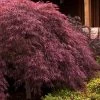

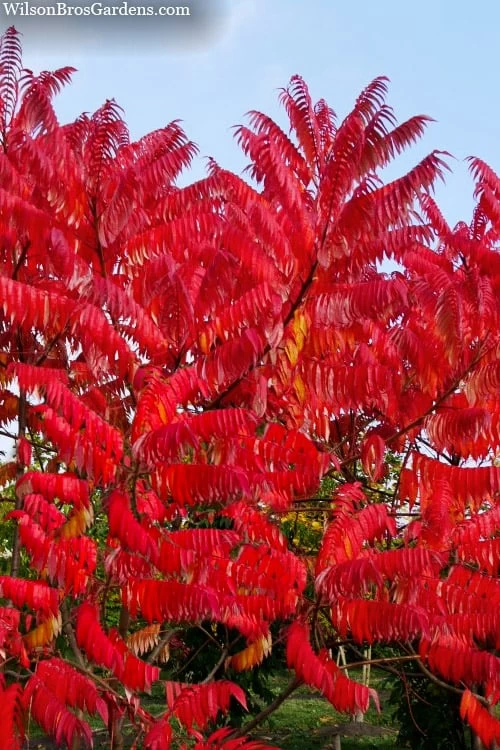




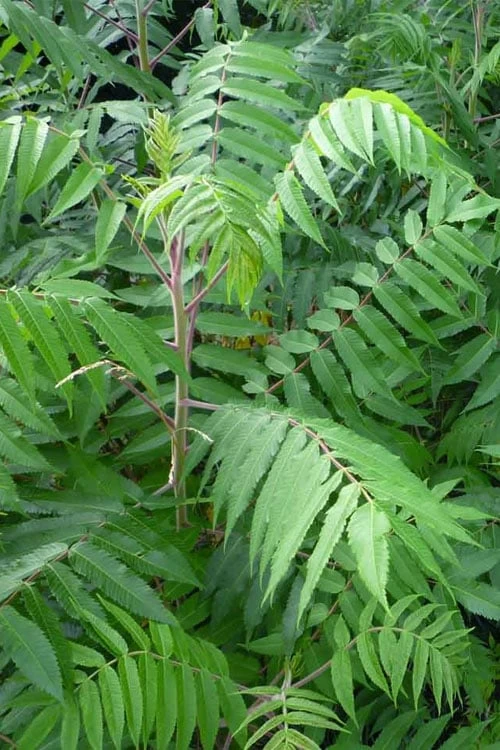

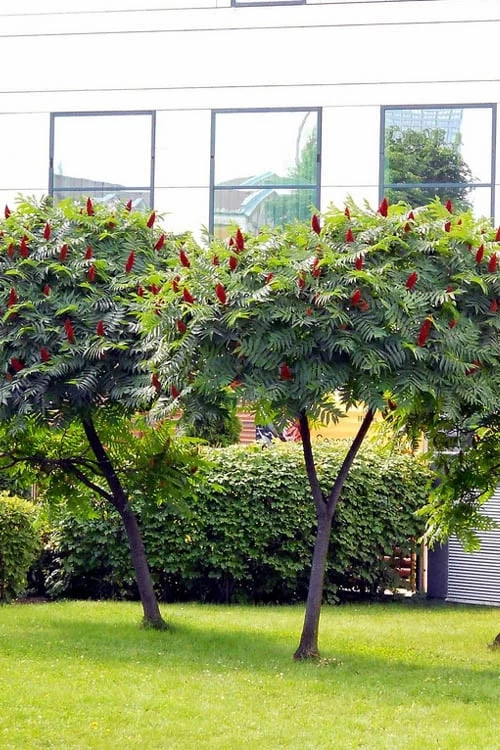
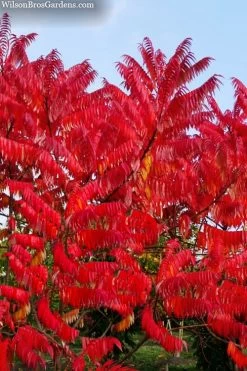


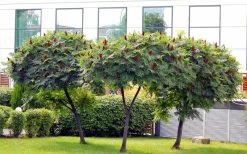
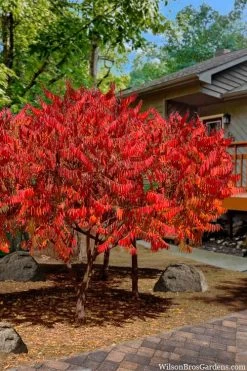
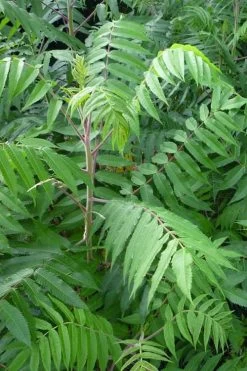
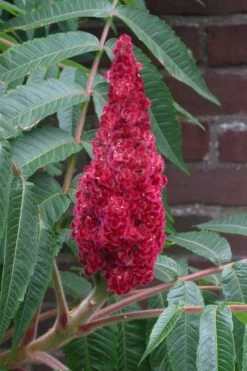
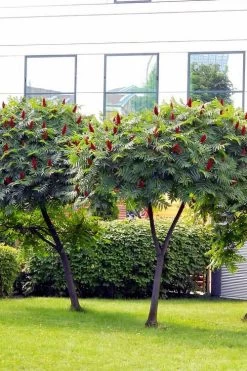
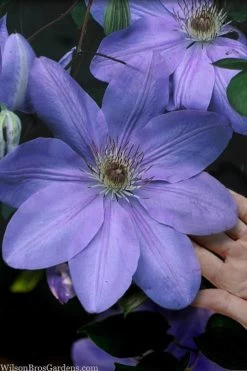

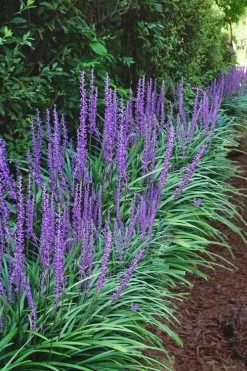

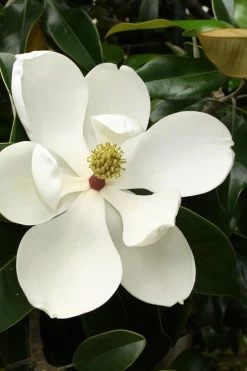

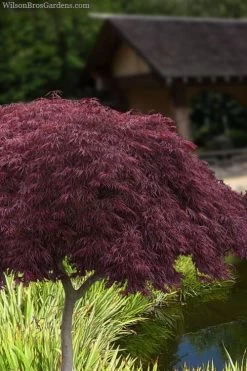



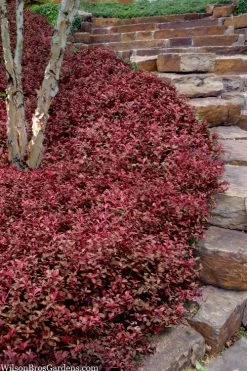

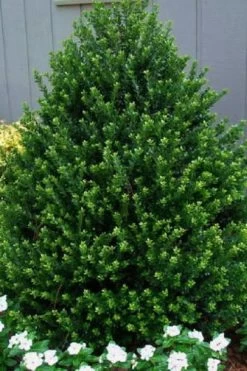



Reviews
There are no reviews yet.